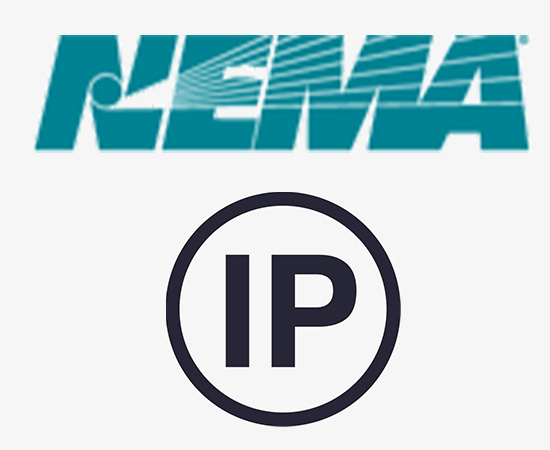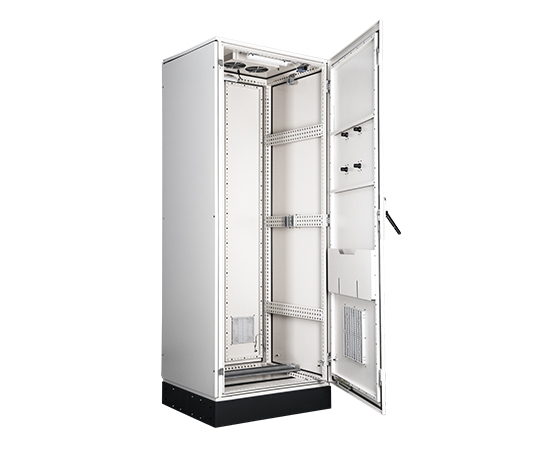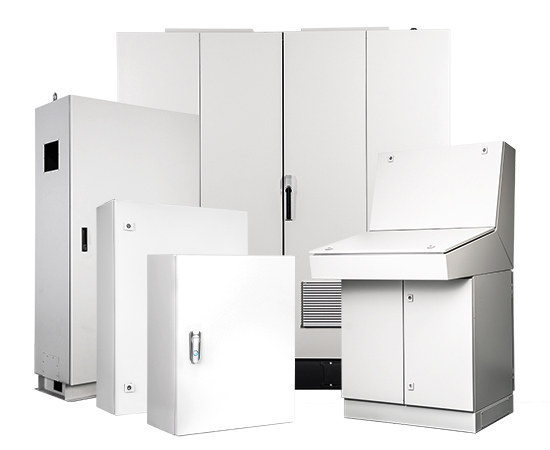As we know, there are many technical standards to measure the classes of electrical enclosures and how resistant they are to the avoidance of certain materials. NEMA ratings and IP ratings are two different methods to define the degrees of protection against substances such as water and dust, although they use different methods to test and parameters to define their enclosure types. Both of them are similar measurements, but they still have some differences.

The idea of NEMA refers to the National Electrical Manufacturers Association (NEMA) which is the largest trade association of electrical equipment manufacturers in Washington D.C, the United States. It publishes exceed 700 standards, guides, and technical papers. The Marjory of standards is those for electrical enclosures, motors and magnet wire, AC plugs, and receptacles. Moreover, the NEMA connectors are not only universal in North America but and also used by other countries. The point is NEMA is an association that does not engage in approval and verification of products. NEMA ratings present a fixed enclosure’s ability to withstand certain environmental conditions for ensuring the safety, compatibility, and functionality of the electrical products. The ratings are unusual applied to mobile devices and are primary applied to fixed enclosures. For instance, a NEMA rating would be applied to a fixed electrical box mounted outside, or a fixed enclosure used to place the wireless access point. Most enclosures are rated for use in an outside environment involve a NEMA 4 rating. The levels are from NEMA 1 to NEMA 13. NEMA ratings (Appendix I) have a variety of strict requirements to conform the protection from external ice, corrosive materials, oil immersion, dust, water, etc. These testing requirements are rarely be applied to mobile devices compared to the fixed ones.


The International Electrotechnical Commission (IEC) is an international standards organization that prepares and publishes international standards for electrical, electronic, and related technologies. IEC standards include a large range of technologies from power generation, transmission, and contribute to office equipment and home appliances, semiconductors, batteries, and solar energy, etc. The IEC also operates 4 global conformity assessment systems which certify whether equipment, system, or components conform to its international standards. One of the practical standards called the Ingress Protection (IP) Code is defined by IEC standard 60529 which classifies and rates the degree of protection provided by mechanical casings and electrical enclosures against intrusion, dust, accidental contact, and water. It consists of two-digit numbers. The first digit shows the level of protection that the enclosure provides against access to hazardous parts such as moving parts, and switches. Also, the access of solid objects would be presented as the level from 0 to 6. The second digit indicates the level of protection that the enclosure provides against harmful ingress of water which would be confirmed by the level from 0 to 8. If there is no requirement to be specified in any of these fields, the letter X would be replaced by the corresponding number.
Based on the above information, we know that the NEMA and IP are two enclosure protection measurements. The distinguish between NEMA ratings and IP ratings which the former include the protection of external ice, corrosive materials, oil immersion, dust, and water, while the latter only include the protection of dust and water. It means NEMA cover more supplementary protection standards such as corrosion materials to IP. In other words, there is no direct conversion between them. NEMA standards satisfied or exceed the IP ratings. On the other hand, IP ratings do not necessarily meet NEMA standards, since NEMA includes additional product features and tests that are not offered by the IP rating system. For the field of the application, NEMA is general provided to industrial applications and primarily used in North America, whereas IP ratings could cover a set of applications worldwide.
In summary, there is a correlation between NEMA ratings and IP ratings. Nevertheless, this is a concern to dust and water. Although it is possible to compare these two testings, the comparison is only related to the protection provided against dust and moisture. Some manufacturers of mobile devices will include NEMA ratings in their specifications, and it is significant to understand how the NEMA specification correlates to its IP ratings.
Post time: Jun-27-2022

